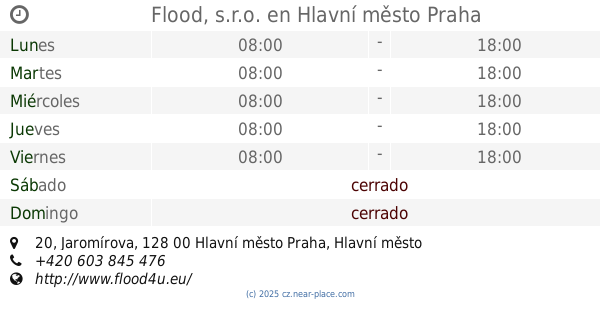abierto
🕗 horarios
| Lunes | abierto 24 horas | |||||
| Martes | abierto 24 horas | |||||
| Miércoles | abierto 24 horas | |||||
| Jueves | abierto 24 horas | |||||
| Viernes | abierto 24 horas | |||||
| Sábado | abierto 24 horas | |||||
| Domingo | abierto 24 horas | |||||
Unnamed Road,152 00, 152 00 Praha 5, Tschechien
contactos teléfono: +42
mapa e indicacionesLatitude: 50.0464746, Longitude: 14.3632761

















Vladimir Pecha
::Stěna opuštěného lomu odkrývá žílu vulkanické horniny basaltu, která pronikla do nezpevněných usazenin na dně prvohorního, silurského moře před asi 425 milióny let v souvislosti se vznikem podmořské sopky, rozkládající se v území mezi dnešními Butovicemi a Řeporyjemi. V období siluru se území dnešních Čech nacházelo jižně od rovníkového pásma v blízkosti velkého kontinentu Gondwany, tvořeného jádry dnešní Jižní Ameriky, Afriky, Antarktidy, Austrálie a Indie, zasahujícího až k jižnímu pólu. Godwana s územím dnešních Čech se postupně posunovala k rovníku, čímž docházelo k oteplování podnebí. Změlčením silurského moře v místech sopečné podmořské aktivity se vytvořily vhodné podmínky pro bohatý život nejrůznějších skupin mořských bezobratlých živočichů, zejména hlavonožců, mlžů, plžů, trilobitů a lilijic. The wall of the abandoned quarry reveals a vein of volcanic rock of basalt, which penetrated into unpaved deposits at the bottom of the Palaeolithic, Silurian seas about 425 million years ago in connection with the emergence of a submarine volcano in the territory between today's Butovice and Řeporyje. In the Silurian period, the territory of present-day Bohemia was located south of the equatorial zone near the great continent of Gondwana, formed by the nucleus of today's South America, Africa, Antarctica, Australia and India, extending to the South Pole. Godwana with the territory of today's Bohemia gradually shifted to the equator, which led to the warming of the climate. By shallowing of the Silurian Sea in the places of volcanic underwater activity, favorable conditions for the rich life of various species of marine invertebrate animals, especially cephalopods, bivalves, gastropods, trilobites and lilijas, have been created.